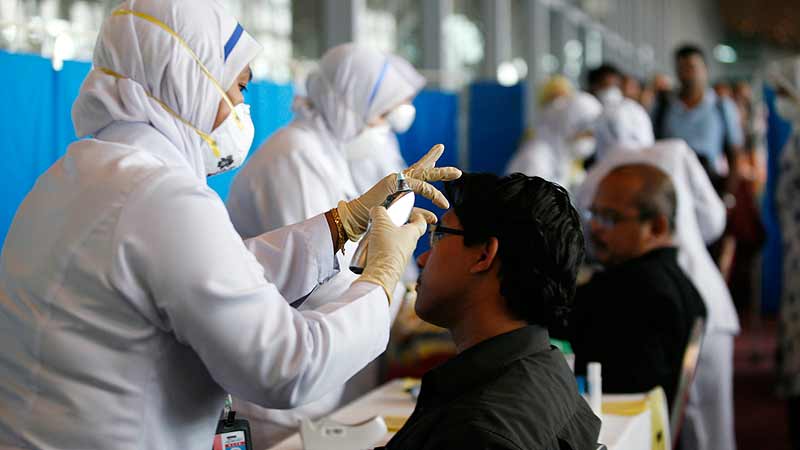Up to 45 percent of all murders and attempted murders since 2016 have been committed by people with symptoms of mental illness. The perpetrator is often known to both the health service and the police in advance.
–
The police’s main hypothesis is that the murder suspect Espen Andersen Bråthen (37) was mentally ill when he killed five people with stabbing weapons in Kongsberg on Wednesday night last week, something he has admitted.
Both the police, PST and the health service have for a number of years had knowledge and contact with the 37-year-old, and have received several messages of concern about him. By 2018 notified PST the health service that Bråthen could possibly carry out a “low-scale attack with simple means”.
Already in the New Year this year, the police sounded the alarm that the seriously mentally ill could commit serious acts of violence and pose a serious threat to others.
The background was, among other things, that the police in just four years have experienced an increase in assignments related to psychiatry by as much as 43 percent, from 37,130 assignments in 2016 against 53,219 assignments last year.
– The violence affects both random people in the public space and people in the perpetrator’s close circle of associates, said emergency director Tone Vangen in the Police Directorate at the time.
Rougher and more ruthless violence
Between 30 and 45 percent of all the country’s reported murders and attempted murders since 2016, there have been either symptoms of, suspicion of or already diagnosed mental illness in the perpetrator, it appears in the police’s own threat assessment for 2021.
Nearly 60 percent of these perpetrators were later assessed as not criminally sane.
In the last year alone, there have been several examples of people with symptoms of mental illness being behind several murders (see fact box).
Not only is the proportion of homicides and attempted murders committed by mentally ill people increasing, but the violence is also more serious and ruthless. According to the police, it also involves threats with weapons in a public place, for example when using a replica weapon, knife, sword or ax.
Often known to police and health
In the police’s own threat assessment for 2021, they point out that the perpetrators are often well known to both the police and the health service. Although many of these may at times be admitted to a psychiatric ward, there are several who, according to the police, do not meet the conditions for involuntary admission. This is despite the fact that family and friends have expressed concern.
– The increase in cases of serious violence committed by people with serious mental disorders may be related to the changes in the conditions for compulsory mental health care from 2017, it is stated in the threat assessment.
The current legislative amendment came into force in 2017, and it mainly prohibits coercive use in the health sector, unless the patient is unable to consent. There are exceptions for patients who pose a serious threat to their own or others’ lives and health.
– Do not get the report they need
That the Police Directorate sounded the alarm about such an increase does not surprise psychiatrist Randi Rosenqvist. She is also not surprised that the change in the Mental Health Care Act from 2017 is being withdrawn.
– It does not surprise me for a moment. As the law and the political ideology are, it is now very far to investigate without their own consent, she says.
– The big legal security problem in Norwegian psychiatry today is not that people are forcibly admitted when they should not be forcibly admitted, but that people do not get the report they need. The rules and bed capacity prevent the departments from spending time and resources on people who have large behavioral deviations in addition to a chaotic way of thinking.
Rosenqvist also believes that the fact that the police receive more such cases in the first place has a clear connection with the lack of places in psychiatry.
– It is a fact that applies to Norwegian conditions, that the fewer beds there are in psychiatry, the more places there are in prison. It is a gap that we can not be proud of, she says.
– I think the threshold for being able to be admitted should have been lower, but what is also the problem is that there are no places in the emergency departments. The average length of stay in psychiatry is 18 days, but some patients are hospitalized for several years – then there are very many who are hospitalized for only a few days. You do not get a good report from a slightly paranoid, aggressive person in just a few days.
–


